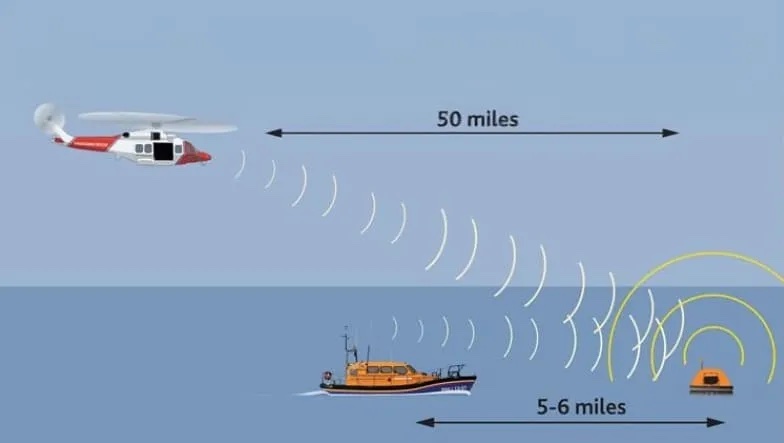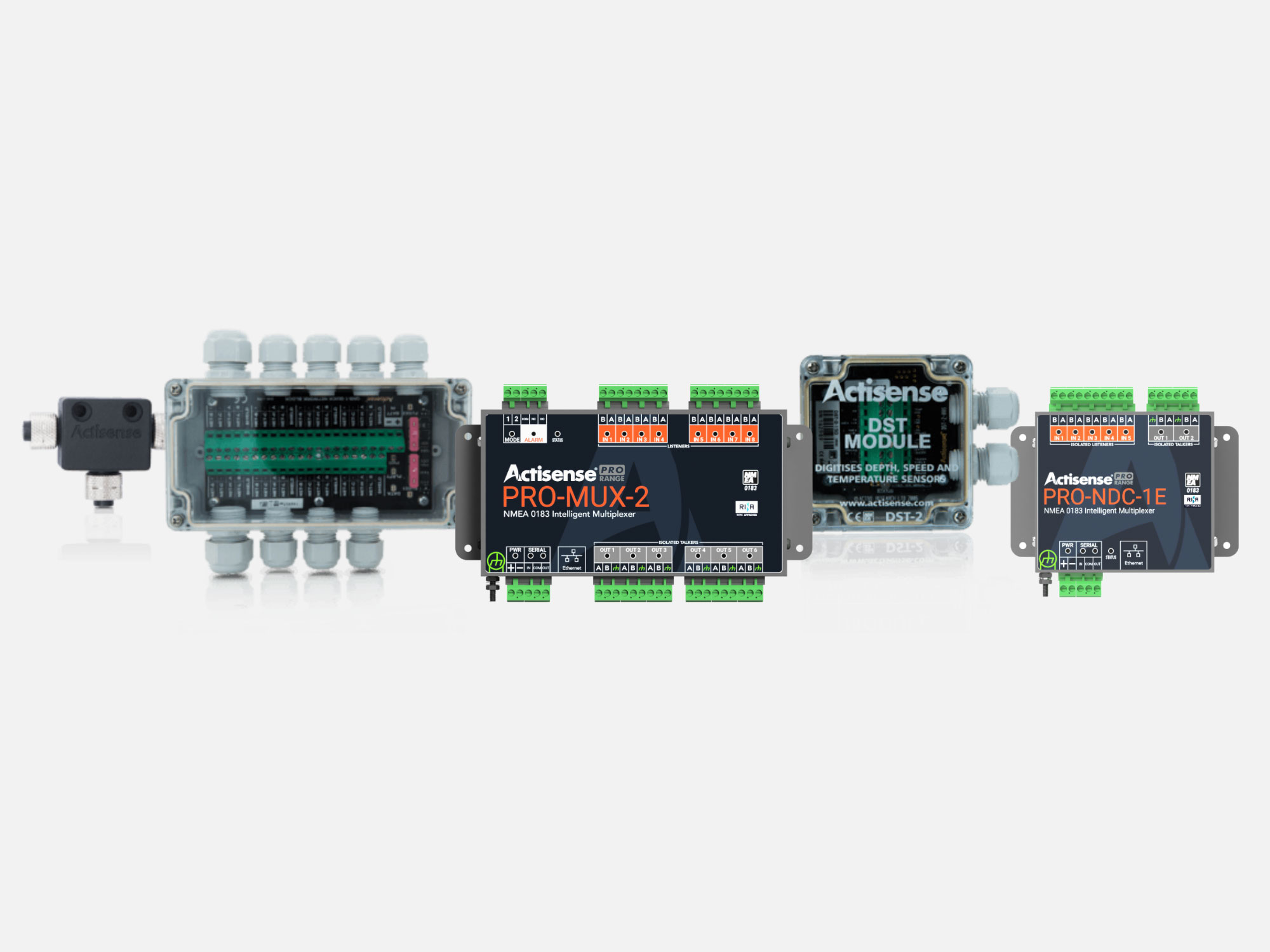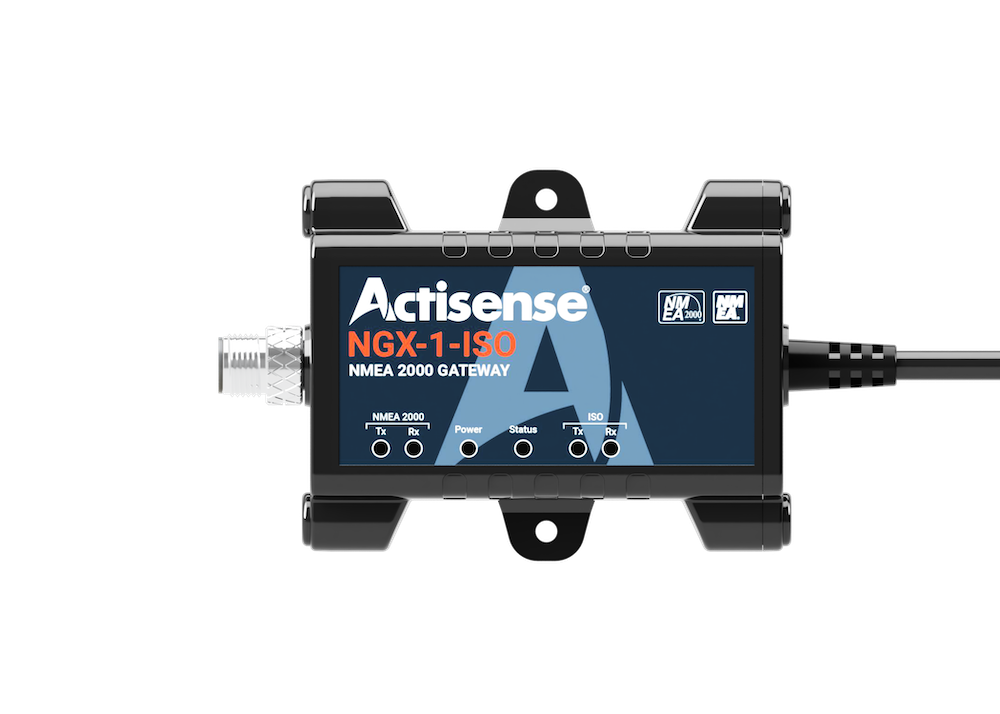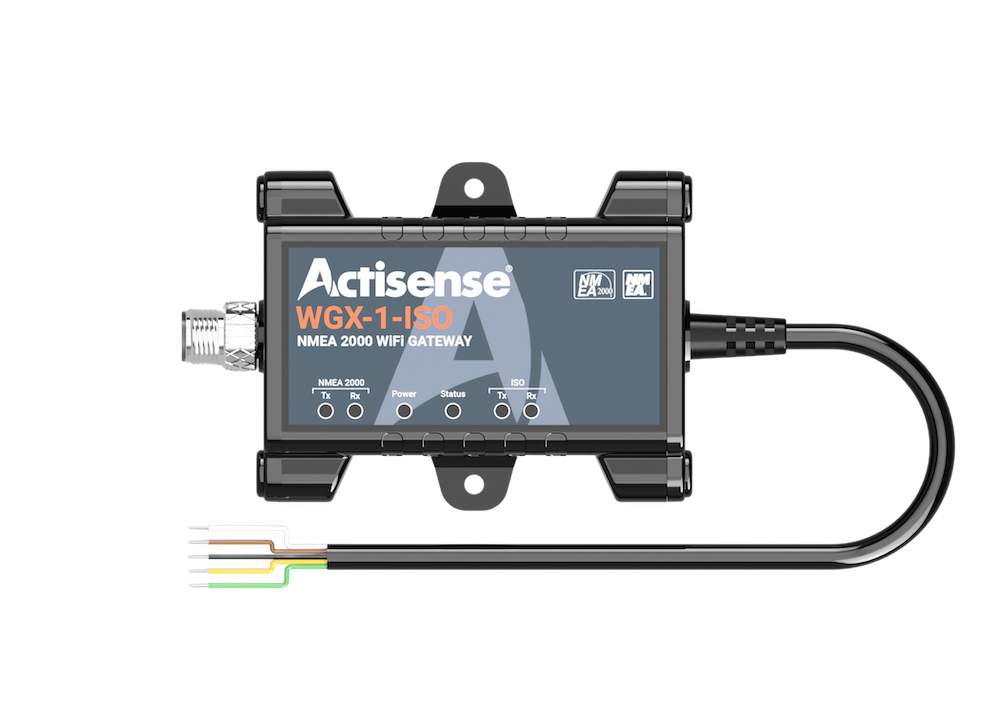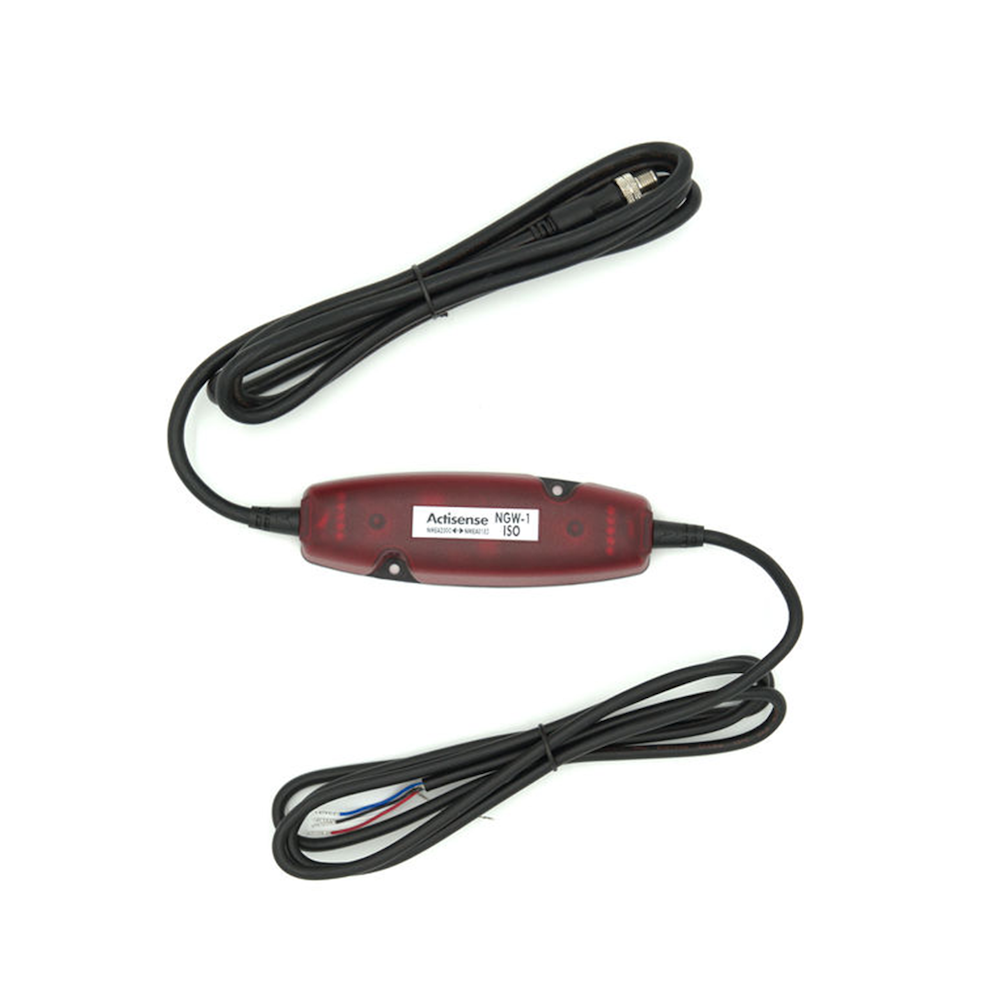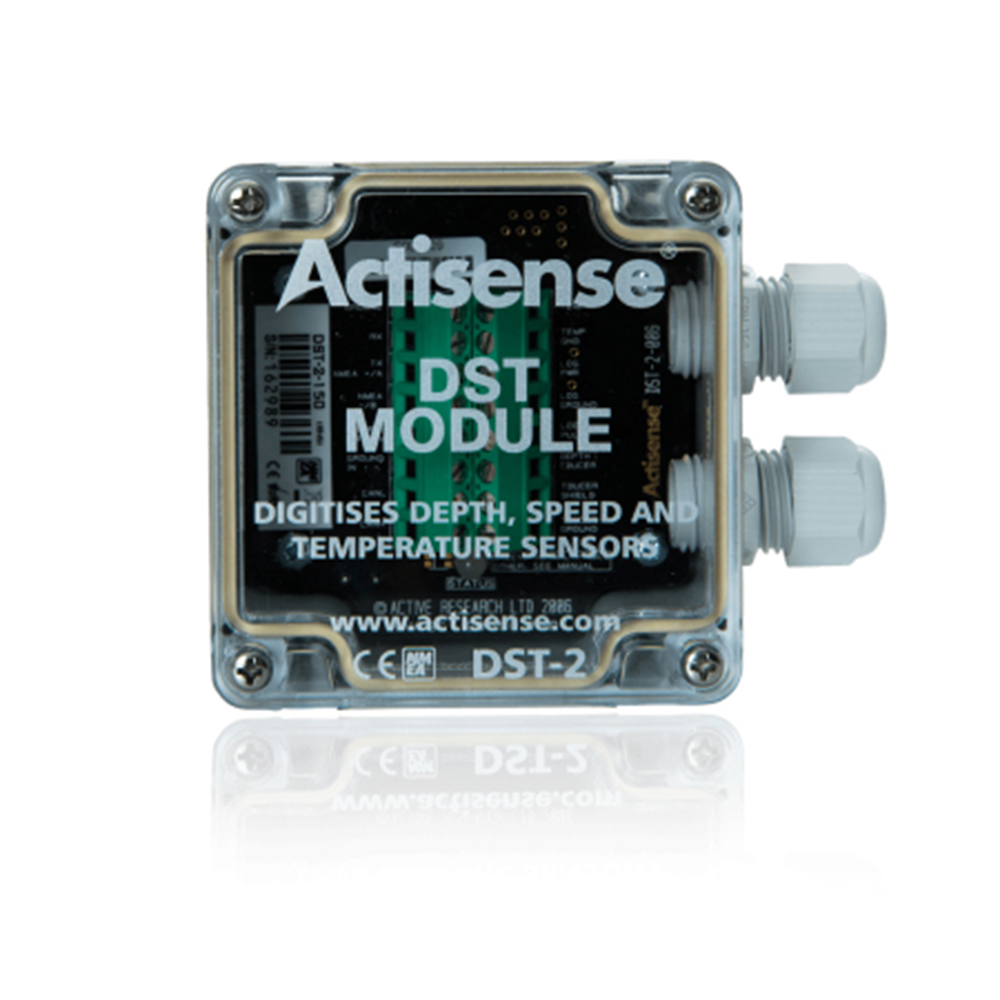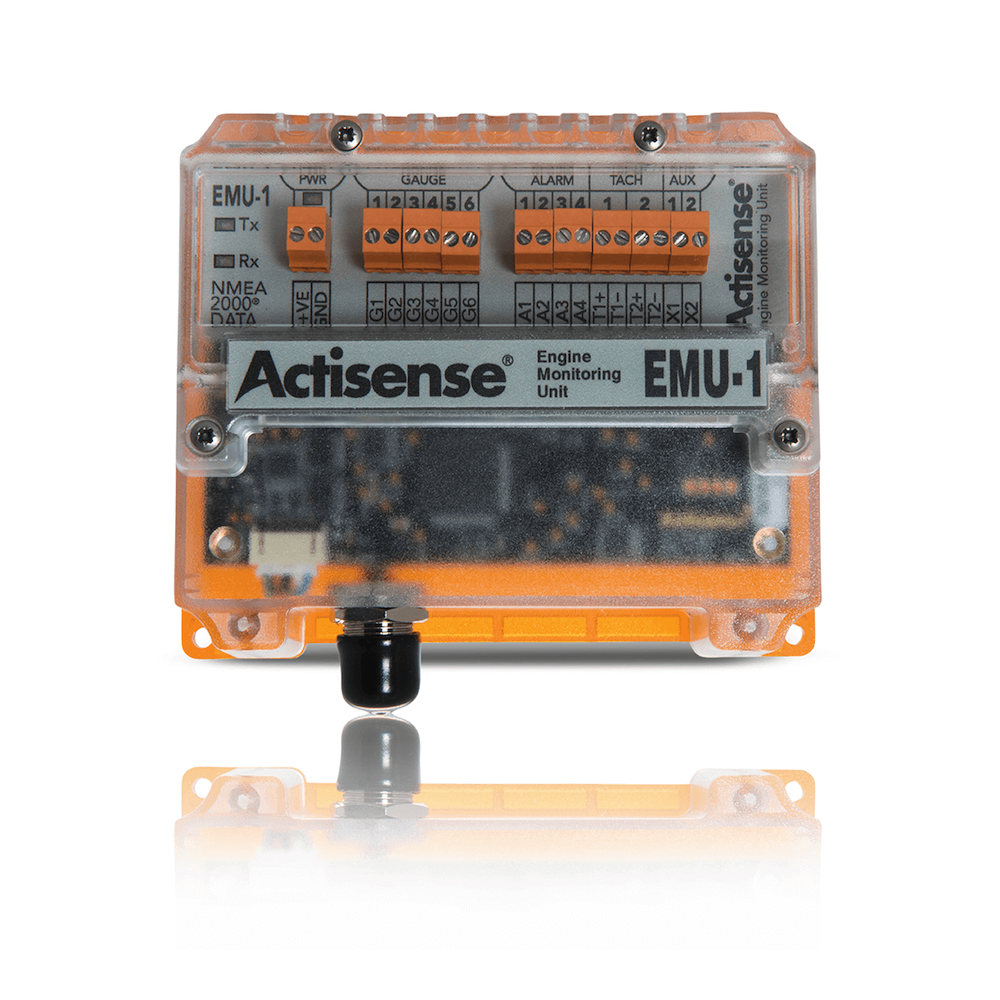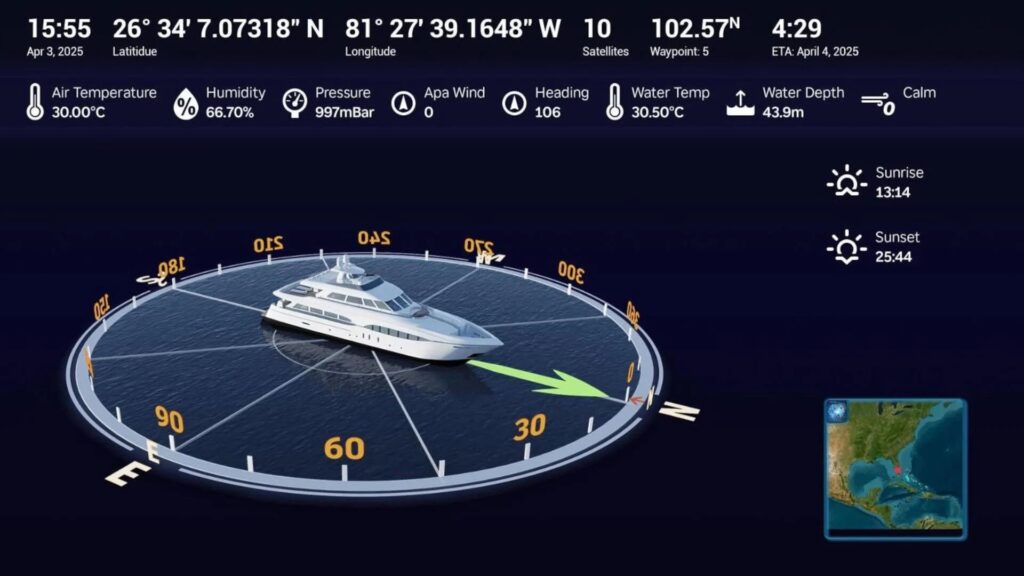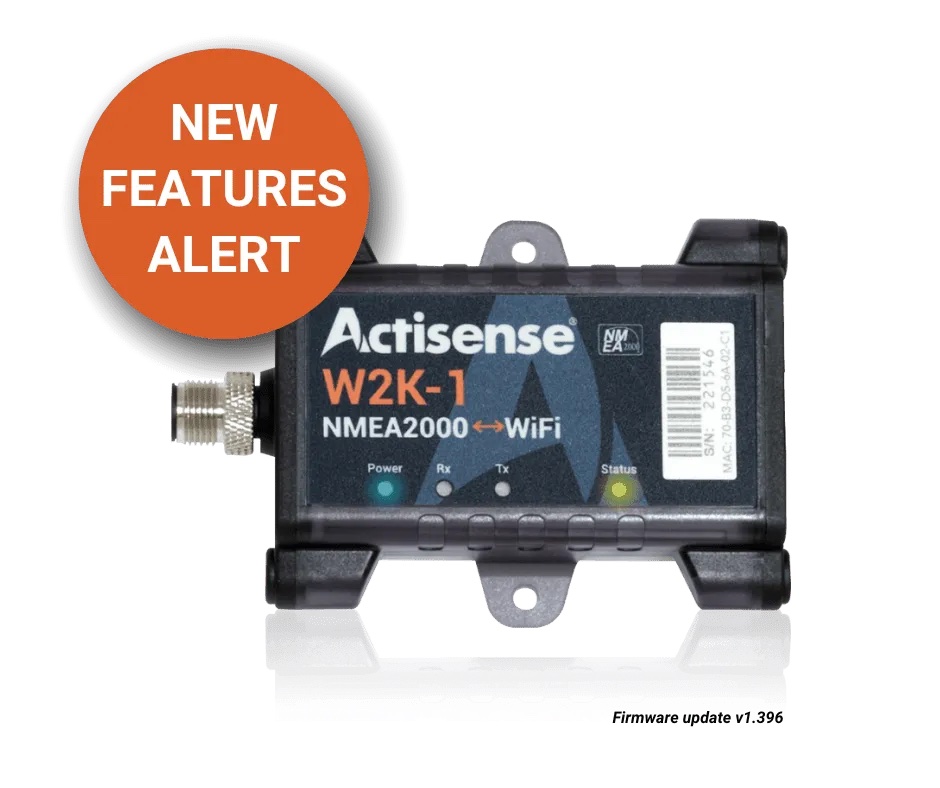
Actisense designs advanced NMEA multiplexers that gather data from multiple input devices, such as AIS (Automatic Identification System), and combine it into a single stream for delivery to fewer output devices, including display units.
AIS transceivers installed on vessels support a wide range of uses from recreational boating and surveying to operations by commercial fleets and coast guard authorities. At its core, AIS functions as a collision avoidance tool. Any vessel equipped with AIS (Class A or Class B) will automatically broadcast details such as identification, position, speed, and course, along with additional data.
Both other vessels and shore-based monitoring stations make use of this information. By accessing AIS data, maritime safety services can direct vessel movements, aiding in the prevention of accidents and reducing risks on the water.
AIS Classes & Transmission Methods
Class A
Class A transmission primarily uses SOTDMA, switching to RATDMA when joining the network after power-up or for non-regular transmissions, such as safety messages or text. It employs ITDMA if reporting intervals change, for example when a vessel alters speed.
Class B
Class B transmission relies on CSTDMA, searching for an available time slot to transmit. It has a lower transmission priority compared to Class A, meaning that if Class A traffic occupies all slots, Class B messages may not be sent.
AIS AtoN (Aid to Navigation)
Aids to Navigation are external references that deliver additional information to enhance safety on waterways.
Types of AtoN
- Physical AtoN: Visible markers such as buoys or lighthouses.
- Virtual AtoN: Transmitted “virtual” targets, such as warnings for temporary hazards or digitally defined routes.
- Synthetic AtoN: Physical markers without their own transmitters, with information instead sent from a land-based unit.
AtoN Transmission Types
- Type 1: Transmit-only, using FATDMA (a base station must reserve slots).
- Type 3: Both transmit and receive, using FATDMA or RATDMA (does not depend on a base station). Type 3 with FATDMA reduces power use since it avoids constant listening functions.
AIS SART (Search & Rescue Transmitter)
AIS SART devices act as distress beacons, sending their position over AIS to vessels, shore stations, and rescue units. Each SART has an integrated GPS receiver to deliver precise location data.
Using PATDMA, a SART transmits AIS signals eight times per minute, sharing information such as position, speed, and course. Often connected to liferafts, they allow rescue services to calculate interception points and locate survivors more effectively.
AIS Acronyms
- AIS: Automatic Identification System
- AtoN: Aids to Navigation
- SART: Search and Rescue Transmitter
- VHF: Very High Frequency (the range AIS operates in)
- SOTDMA: Self-Organized Time Division Multiple Access (Class A AIS)
- CSTDMA: Carrier Sense Time Division Multiple Access (Class B AIS)
- FATDMA: Fixed Access Time Division Multiple Access (AIS Base Stations & AtoN)
- RATDMA: Random Access Time Division Multiple Access (AtoN without Base Station)
- PATDMA: Pre-Announced Time Division Multiple Access (AIS SART)
- ITDMA: Incremental Time Division Multiple Access (AIS pre-announcements of transmissions)
- MMSI: Maritime Mobile Service Identity (unique radio identifier)
AIS remains an essential system for improving maritime operations and safety. Recognizing the differences between Class A and Class B methods, understanding the function of AtoN, and knowing the role of SART during emergencies provides a clear view of how AIS supports safer navigation.





